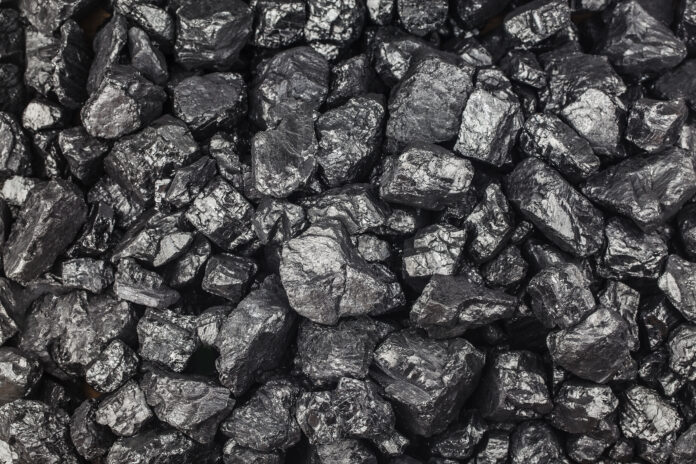Coal comes from the remains of decayed trees compacted into the solid matter after several millions of years of chemical changes under pressure and heat. The energy content of coal is basically heat energy and is believed to be equal to the amount of heat that transformed it during production years ago. This heat energy can possibly be converted to other forms of valuable energy.
The primary use of coal is in electricity generation and coal is also a key ingredient in the production of steel and cement
Alberta and British Columbia are two Canadian provinces producing the highest amount of coal for export at this time with the most current data accounting for Canada being the world’s fourth-largest exporter of metallurgical coal. In North America alone, where there are twenty-three countries, Canada is the second largest producer of coal.
However, a lot of smog is generated with the use of coal, thereby making it environmentally unsuitable for modern Canada. Therefore, in support of Canada’s transition to cleaner energy by 2030, traditional coal-fired electricity would have been phased out according to a regulation announced in 2018 by the Government of Canada.
In the province of Ontario for instance, coal-fired power plants have been decommissioned and this is in line with the 2018 regulation as announced. It has significantly reduced the number of annual smog days in the province from 53 to zero.









